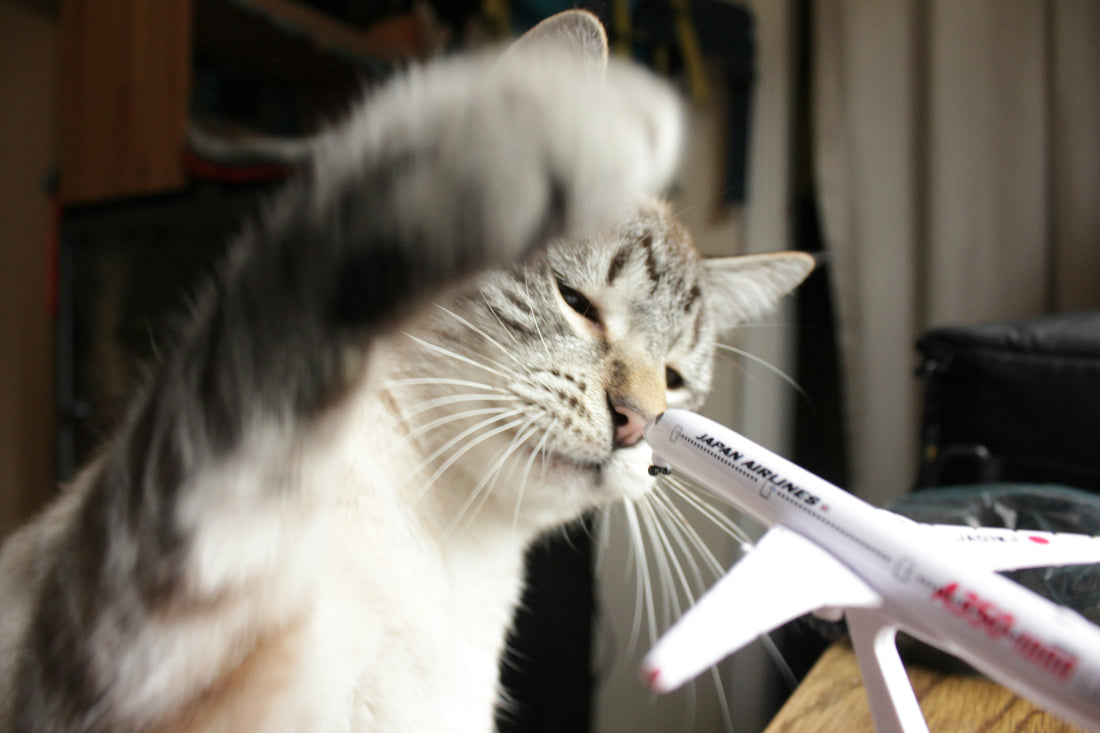
Pet-Proofing 101: Home Safety Essentials
Pet-Proofing 101: Home Safety Essentials
Disclosure: This post contains affiliate links. If you click a link and make a purchase, Pet Expect may earn a commission at no extra cost to you. As an Amazon Associate, I earn from qualifying purchases.
Bringing a pet into your home is exciting—but it also means rethinking how your space is set up. Pets are naturally curious, and without the right precautions, everyday household items can become real hazards.
This guide walks you through simple, effective ways to make your home safer for your furry companions—covering everything from chewable cords to slippery floors and off-limits rooms.
Electrical & Chew Hazards
Dogs, cats, and especially young pets love to explore with their mouths. Electrical cords and furniture legs are common targets for chewing and can be dangerous if not addressed early.
Recommended Products:
-
Delamu Cord Hider – Helps hide and organize loose cords to prevent chewing and tangling.
Tip: Reinforce “no chew” boundaries with positive training and redirection to toys.
Toxic & Breakable Items
Common household items like certain houseplants, cleaning supplies, and even medications can pose serious risks if your pet gets access.
Recommended Products:
- Fixwal Small Floating Shelves – Elevates greenery out of reach while adding decor value.
- SKYLA HOMES Baby Locks Child Safety Cabinet Proofing – Secure cabinets containing cleaning products, snacks, or medicine.
Reminder: Some common houseplants—including lilies, aloe, and philodendrons—are toxic to pets. When in doubt, double-check with your vet.
Trash & Storage Security
Trash bins are full of temptation—from food scraps to plastic. Keep them pet-proofed to avoid messes, injuries, or unwanted snacking.
Recommended Products:
- simplehuman 50 Liter / 13 Gallon Trash Can with Secure Slide Lock, Black Plastic – Great for pet food, laundry pods, or any items you need out of reach.
Pro Tip: Never store food waste or compost in open-top bins indoors—it’s an easy target for scavenging.

Safe Zones & Barriers
Sometimes the best safety measure is keeping pets out of certain areas entirely. Barriers, playpens, and pet gates give you more control without constant supervision.
Recommended Products:
-
Regalo Pressure Mount Baby and Pet Safety Gate for Bottom of Stairs & Doorways – Tool-free setup makes it easy to block off stairways or kitchens.
Tip: Use gates as temporary barriers while training pets to stay out of certain rooms or zones.
Final Thoughts
Pet-proofing doesn’t have to be complicated—it’s about creating a safe, stress-free environment for both you and your pet. Small upgrades like cord covers, cabinet locks, and non-slip rugs go a long way in preventing accidents.
Every home is different, and so is every pet. Take time to observe your pet’s behavior and adjust your safety setup as needed. The more proactive you are, the more peace of mind you’ll have knowing your home is a secure space for your furry friend.
